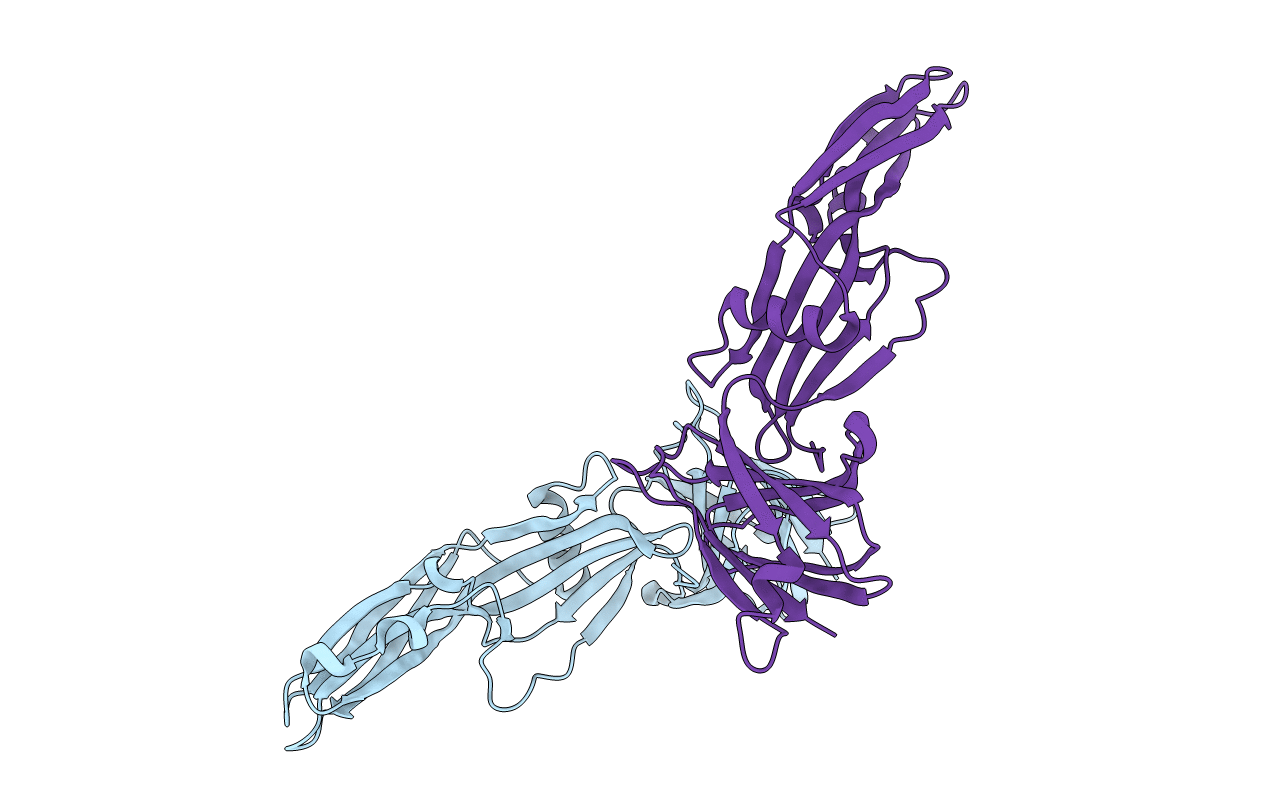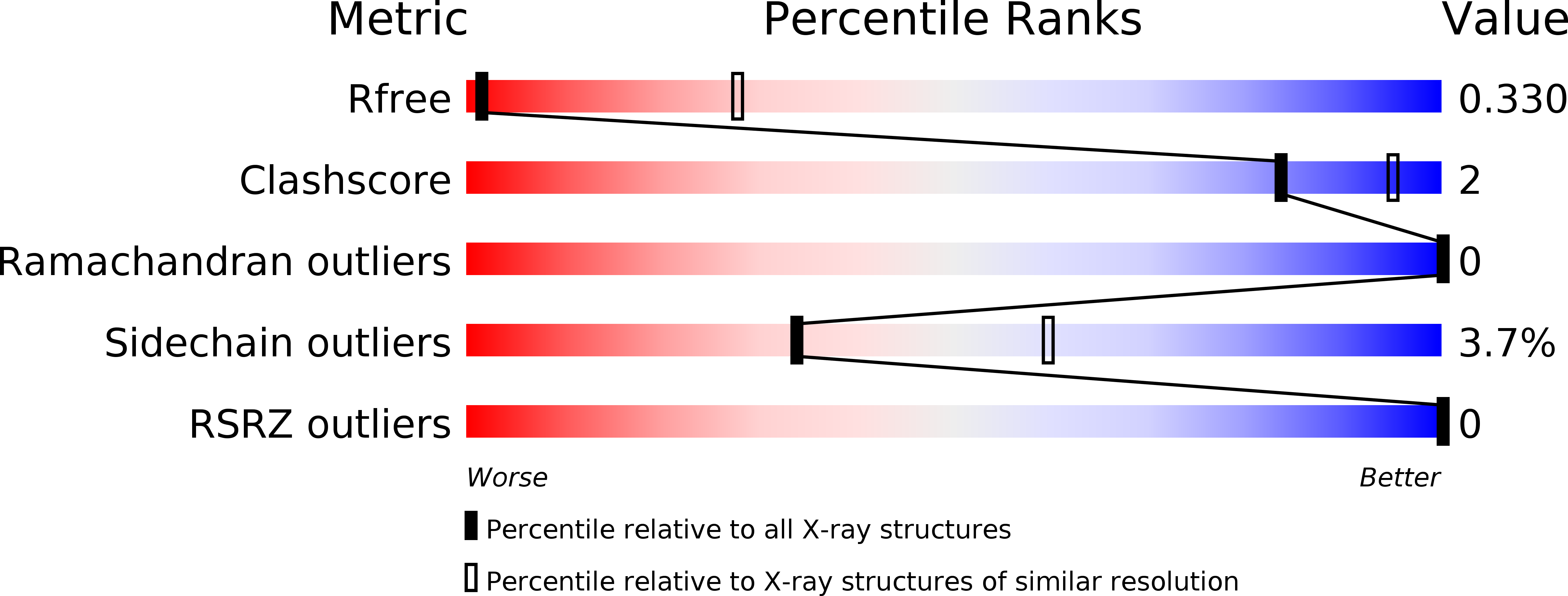
Deposition Date
2011-05-03
Release Date
2011-08-17
Last Version Date
2023-12-20
Method Details:
Experimental Method:
Resolution:
4.00 Å
R-Value Free:
0.29
R-Value Work:
0.24
R-Value Observed:
0.24
Space Group:
P 21 3


